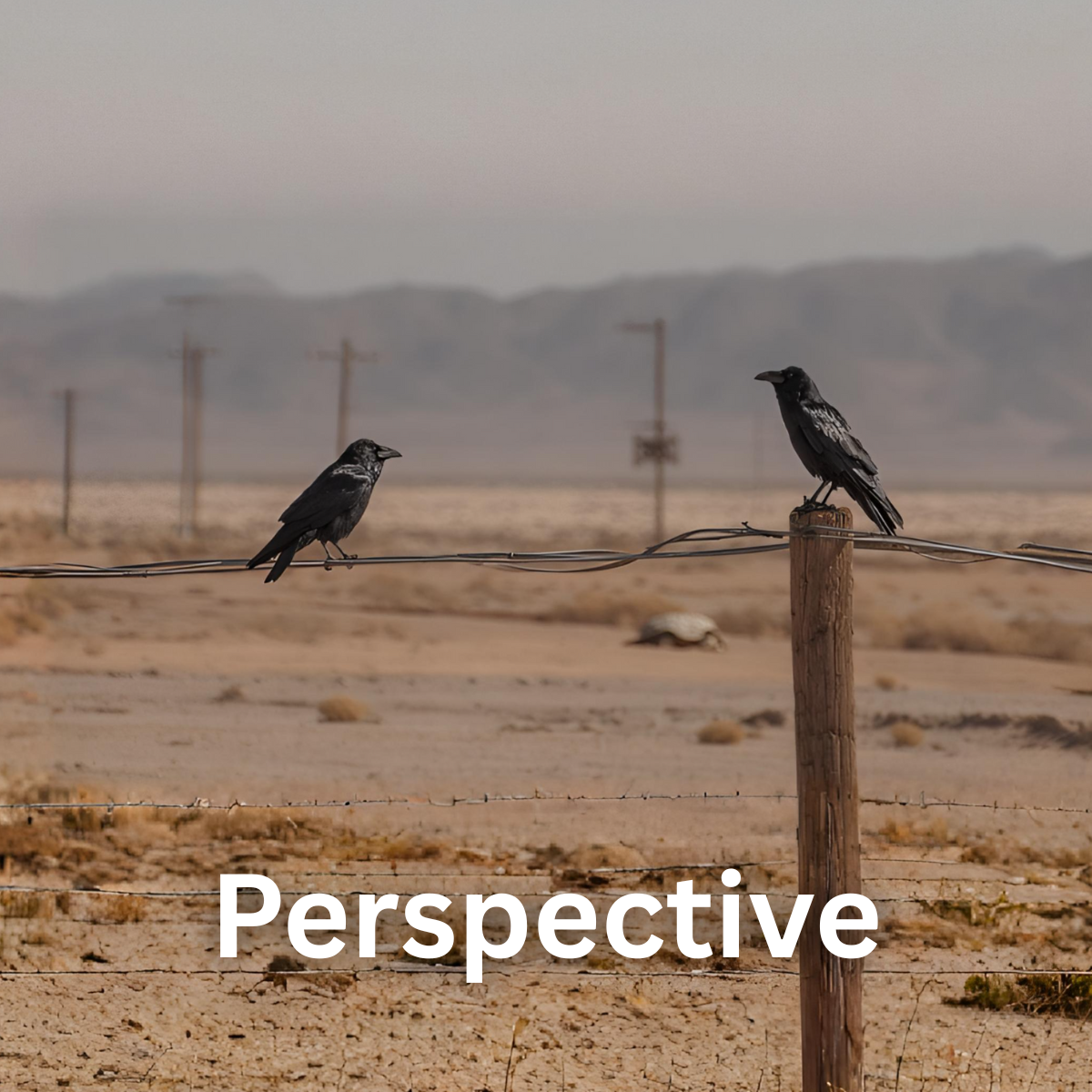I was given the task this morning to go get the Halloween decorations from storage. It seemed that my marriage could be in jeopardy, so I chose to take care of this right away. At least I did it today. Technically I would have scored more points if I had done this a few weeks ago, but at least I am getting credit for delivering the decorations in the first week of October.
On my way back, with a truck full of Halloween decor, I decided to play an appropriate playlist. The first song was Werewolves of London by Warren Zevon. By some coincidence, or perhaps an ironic twist, an older man who appeared to be in his eighties pulled up next to me in his pickup truck. His windows were rolled down, and he was playing Born to Be Wild by Steppenwolf. He looked over at me through tinted glasses. His gray hair was pulled back in a ponytail, and he grinned with a wizened, cracked expression that seemed to be a mixture of fun and hardship. I did the only thing I could think of. I held out the two finger salute in the form of a peace sign. At that moment the light turned green, and we were on our way. His next song was Magic Carpet Ride, and my next song was Heart of Gold by Neil Young.
Perhaps the Spotify algorithm is getting more advanced and is figuring out what people are listening to in proximity to each other, or perhaps we were just two souls feeling nostalgia for a time that is now lost. Either way, as I saw the man with his arm out the window pretending his hand was an airplane, I noticed his bumper stickers. The “My Other Car Is a Harley” sticker sat next to a faded NRA membership sticker from the eighties and a “space your face” sticker from one of the Dead tours. As I made a left and saw the pickup truck zoom off into the distance, I thought, counterculture used to be cool.
I was thinking about our current counterculture and how much I dislike that entire scene. Then I realized that my grandparents probably had the same reaction to the hippies of the sixties and seventies. The counterculture was too much, too aggressive, too weird, too on the edge, and all the other things the mainstream thinks about those who push the limits. That got me thinking. What is it about humans that we always have to have a fringe? The day we created our first society, there was inevitably a kid who would wander out behind the huts, shacks, or teepees and try to smoke something. What is this about? Why does this exist, and can I learn a lesson from my encounter with the relic from the Dead days gone past.
Counterculture grows wherever living systems refuse to sit still. A built in minority keeps exploring while the majority exploits what already works. Institutions stiffen with age and invite correction. People hungry for meaning and status step sideways into scenes that recognize them. New generations pick up new tools and discover new ways to live. Whenever the official story drifts from everyday experience, those on the margins write truer ones. The fringe is not an accident of history but a recurring response to stagnation, mismatch, and possibility. It serves as diagnosis and it serves as a prototype. It continually tests paths the center cannot yet see or will not yet try.
The fringe persists because culture self corrects in cycles. When conformity thickens, the returns to nonconformity rise, and when rebellion saturates, stability becomes valuable again. Networked tools keep these minorities viable by lowering the cost of finding allies, letting small but committed groups endure long enough to refine their ideas. Meanwhile, the center regularly tames yesterday’s edge, turning punk into fashion or hippie ideals into wellness products. This both legitimizes parts of the experiment and clears room for a fresh perimeter to form. In that churn, fringe disruptors are not anomalies. They are the mechanism that keeps the system adaptive.
A counterculture often begins as a spark. Anomalies pile up, discontent thickens, and a new toolset makes alternative moves possible. Then it condenses into a scene with its own spaces, rituals, look, and heroes that turn hunches into belonging. From there it produces proofs. Songs, software, communes, startups, tactics. Concrete artifacts that show this can work. Success invites attention and friction. Media glare, moral panic, and the slow tug of cooptation. Finally, the wave either diffuses as the center absorbs and waters it down, or it decays into fragments while a splinter pushes farther out to start the cycle again.
If you want to harness the fringe in your company, carve out sanctioned edges. Create sandboxes, labs, pilots, and artist in residence programs. Shield small teams from big company antibodies so they can explore without constant consensus. Reward dissent properly by celebrating well reasoned challenges and by calling out disconfirming wins that show a bet should not scale. Make critique a feature, not a bug, with red teams and premortems so hard questions do not have to go underground. Build strong interfaces for adoption, clear paths from experiment to policy, process, and product, so good prototypes do not die at the handoff. Keep ethical guardrails in place. Distinguish exploration from exploitation, set nonnegotiables, and review risk regularly so the energy at the edges pushes the organization forward without burning it.
Counterculture is not a flaw. It is a renewal engine. The mainstream writes the rules, and the fringe tests the edges. Over time, yesterday’s heresies become today’s common sense, and a new fringe forms to challenge that. If you want a resilient society, or a resilient company, you do not try to eliminate the fringe. You learn to listen to it, test it, and selectively absorb what works.




